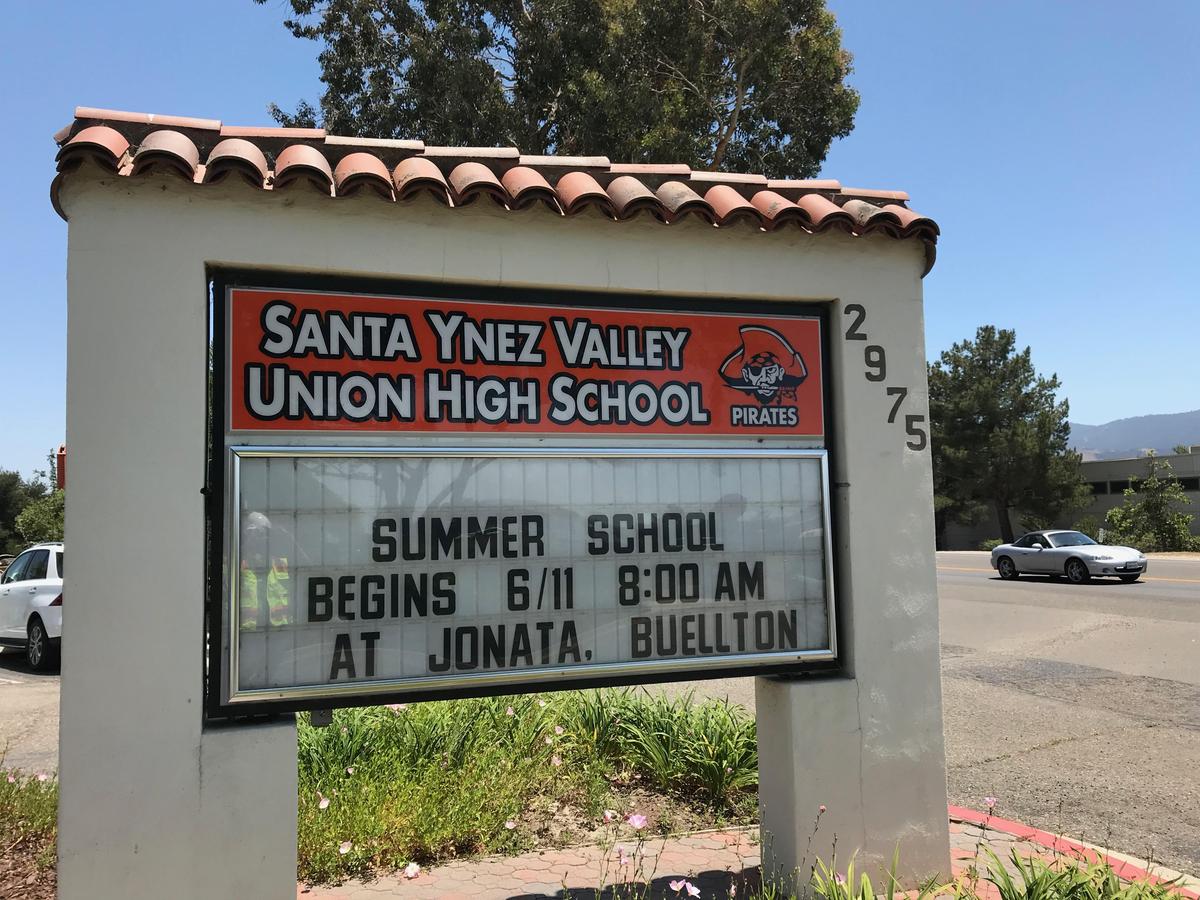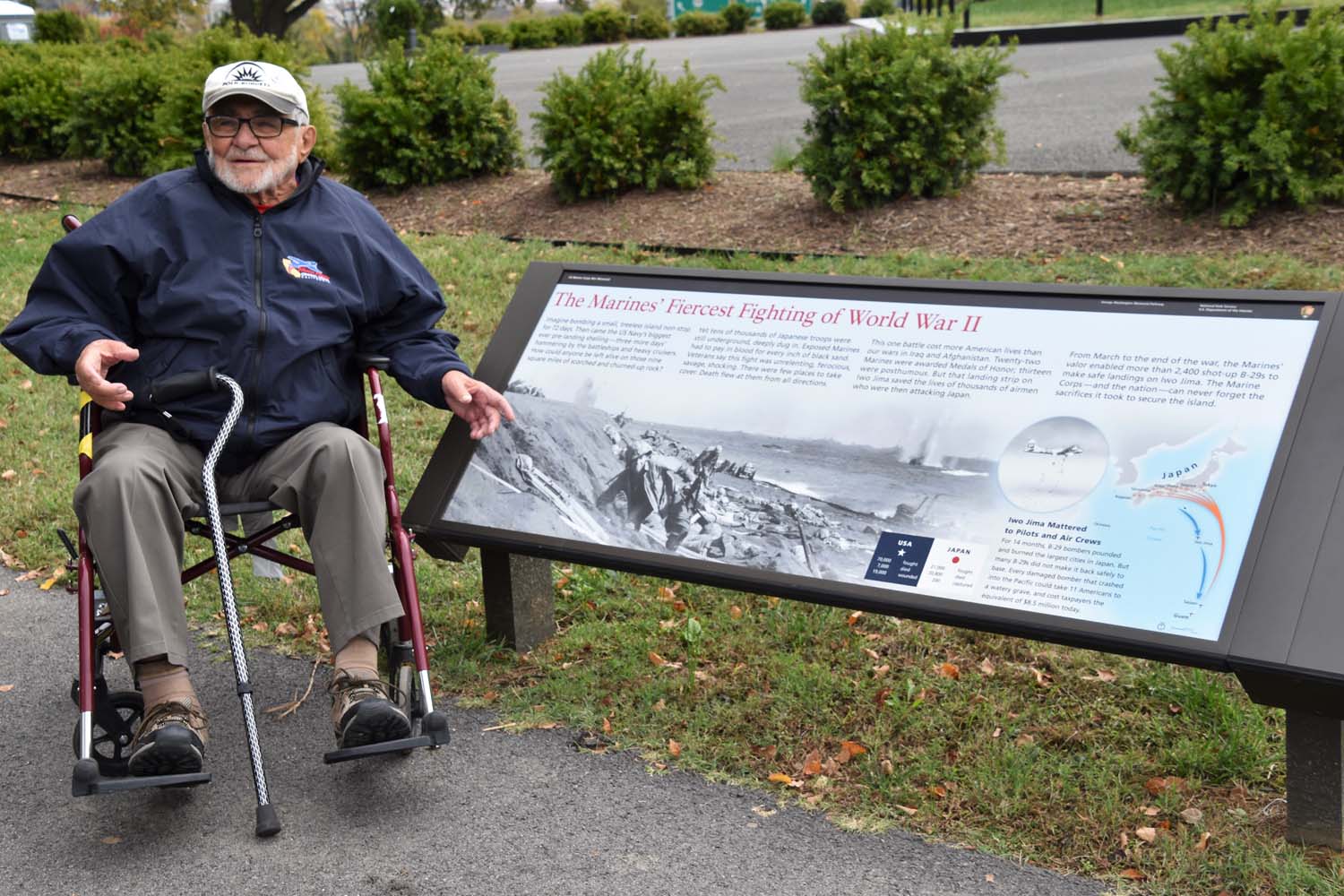Staff Report
Parts of Montecito, one of the most affluent communities in California, have been reduced to piles of rocks, mud and debris after torrential rain the night of Jan. 9 swept down slopes recently denuded by the Thomas Fire
In an unprecedented event, more than half an inch of rain fell in five minutes, and much more in the following hour, which triggered flooding, debris flows and mudslides that residents described as an earthquake.
When daylight came, massive boulders were everywhere while buildings, vehicles and other property had been swept away.
“I was there when it all started and never slept after that. I attempted to get my car, but it was hanging off a bridge,” said Kevin Christy of Montecito.
Christy, who was evacuated, said the scariest part was hearing the noises and seeing the volume of water. (Watch the video of our interview of Christy on our Facebook page or our website, www.santaynezvalleystar.com.)
By the afternoon of Jan. 10, more than 17 people had been confirmed dead as authorities continued their search for others reported missing and still more who were trapped in their homes. More than 100 homes and other structures were confirmed as destroyed and another 300 damaged.
The intersection of Hot Springs and Olive Mill roads appeared to be the epicenter of the disaster after as mud, water, boulders and other debris surged out of Cold Spring and Hot Springs canyons above Montecito, which had been denuded by the giant Thomas Fire. The deadly slurry from Montecito Creek carved a course of destruction down nearly to the ocean.
Crews worked to evacuate people by helicopter from Romero Canyon, where about 300 people were trapped, and from the Birnam Wood Golf Club, a collection point for people who could not otherwise get out of the area, Montecito Fire Protection District Deputy Chief Kevin Taylor said.
Much of the damage and many of the casualties occurred in areas that were under evacuation warnings rather than mandatory evacuation orders.
Highway 101 through Montecito was closed at least until Monday, Jan. 15, after it was inundated in several feet of mud and debris that included abandoned vehicles, a boat and water tanks. Updates of road conditions will be posted on our website and social media pages.
Dozens of people were treated at Santa Barbara and Goleta Cottage Hospitals for storm-related injuries.
Normally vegetation absorbs rainfall and reduces the amount of runoff from slopes, but large-scale wildfires create a waxy surface on soil that prevents absorption.
The Thomas Fire burned a significant portion of the south-facing Santa Ynez Mountain slopes above Carpinteria and Montecito, as well as the watershed behind Jameson and Gibraltar Reservoirs, according to Santa Barbara Public Works Director Tom Fayram.
Fayram urged homeowners to plan evacuation routes and have supplies to shelter in place, in addition to preparing their properties for heavy rainfall, because the deluge was only the first storm of the season, with more wet weather predicted in the coming weeks.
Noozhawk Executive Editor Tom Bolton contributed to this story.











